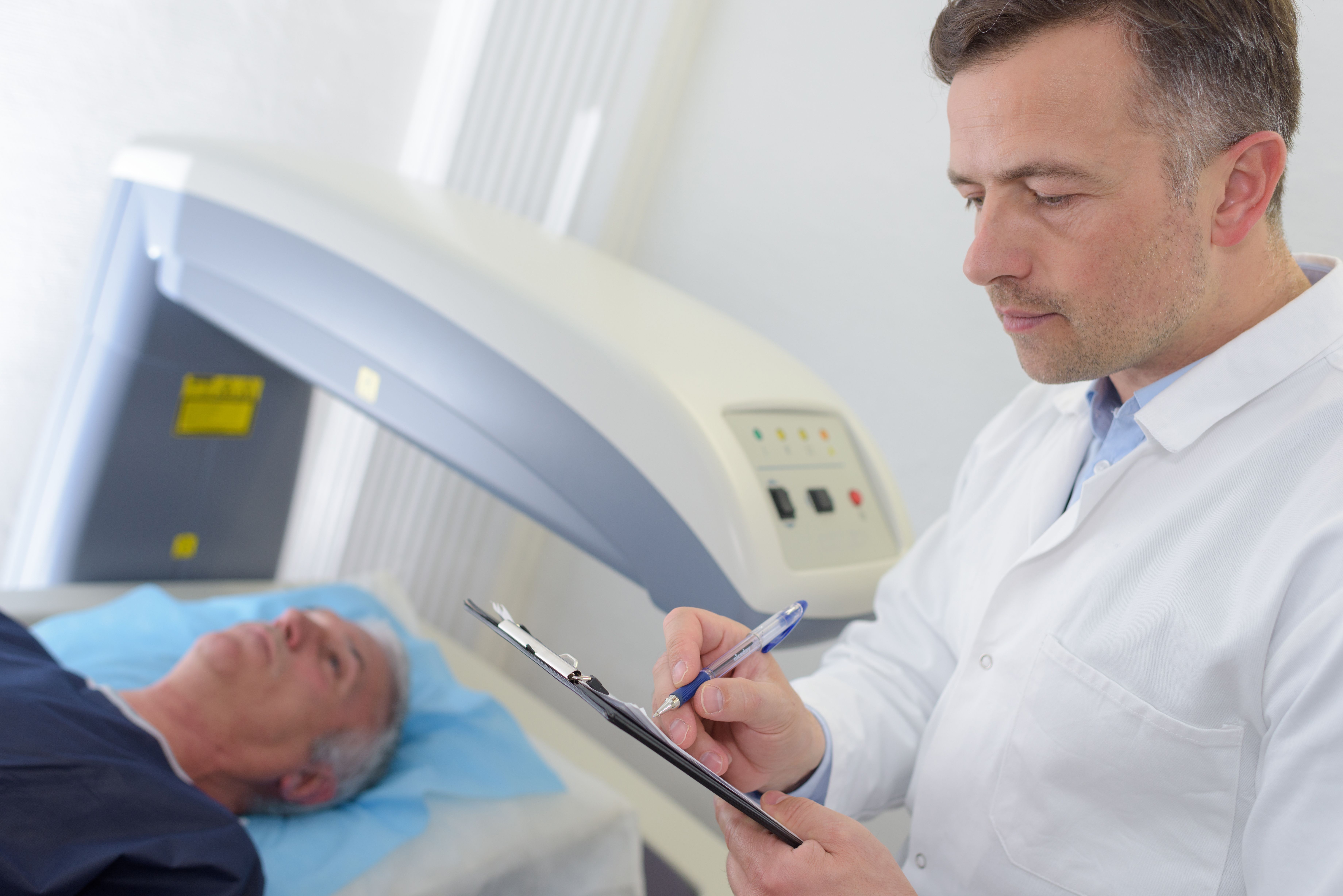Patient log brings back memories
Why it's important to keep a record of patient encounters


I don’t like to throw things away. I accumulate too much with little to no purge power. It’s genetic. I’ll leave it at that. I will say, however, that, every now and then, I get into a certain mood that affords me the needed oomph to get into those little cardboard boxes and take a few contents to the trash can, the recycling bin, or Catholic Social Services.
One of those lucid intervals came just the other day. I came upon a box from my days as an optometry school student at the University of Alabama at Birmingham. I found, among other things, a handheld occluder. It was just like new—a real keeper! I also found a spare eye piece for my direct ophthalmoscope (wherever that thing is).
Fourth-year patient log
However, the most fascinating find (fascinating enough for me to page through it in my garage in Augusta, Georgia, in early July) was my patient log from my fourth year as a student. We weren’t obligated to keep logs of our patient encounters, but someone in my class was doing it, so, I thought it would be a good idea. This little 5 x 7 notebook had penned in it the age and sex of every patient I saw that year, as well as their ocular concerns and how I treated each of them. Different kinds of contact lens fittings were listed, plus lots of glaucoma cases and red eyes, and just a smattering of the different aspects of clinical life that make up primary-care optometry (or did at the time).
Of particular interest and a jog to my memory was the case of a 13-year-old White female who was referred for nonspecific vision loss to include tunnel vision for which the referring doctor could find no explanation. I remember it well now that I think of it. She was 20/30 in each eye upon entering. She was mildly nearsighted and wore flat-top bifocals. Her responses were peculiar— when asked what a letter was, she would pause for a few seconds before blurting out a random letter. After performing a comprehensive exam, including visual field testing by means of a tangent screen (which is a great test), I concluded nothing—absolutely nothing—before my attending filled me in on the clues that she was malingering.
For any students or residents who take the time (let alone have the time) to read my editorials, my advice is to unabashedly copy my copied idea of keeping a record of patient encounters. It should serve well as a cheat sheet, if you will, for how to handle different clinical presentations. But don’t wait years before you return to it. By then, it will be good for rekindling memories as well as good laughs.

Newsletter
Want more insights like this? Subscribe to Optometry Times and get clinical pearls and practice tips delivered straight to your inbox.